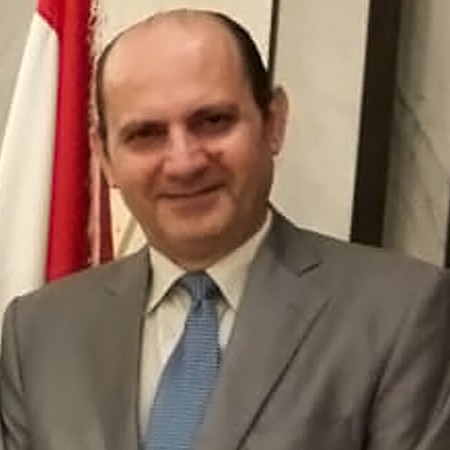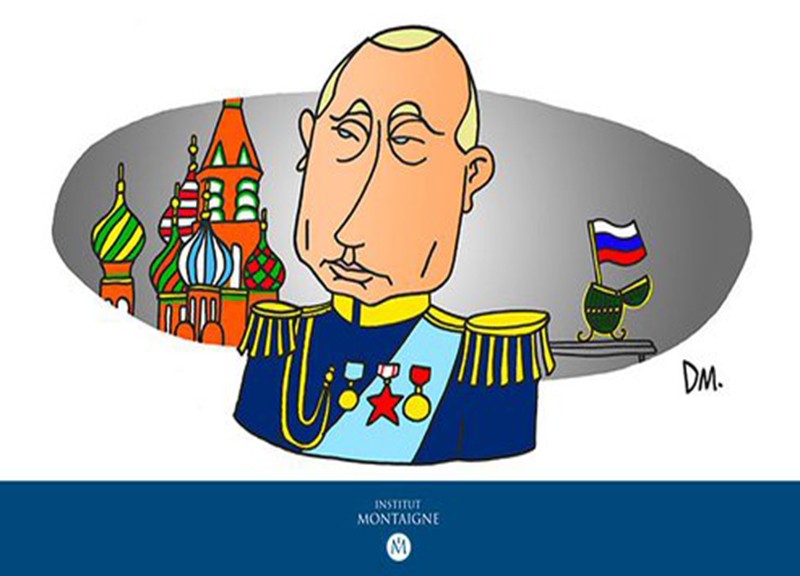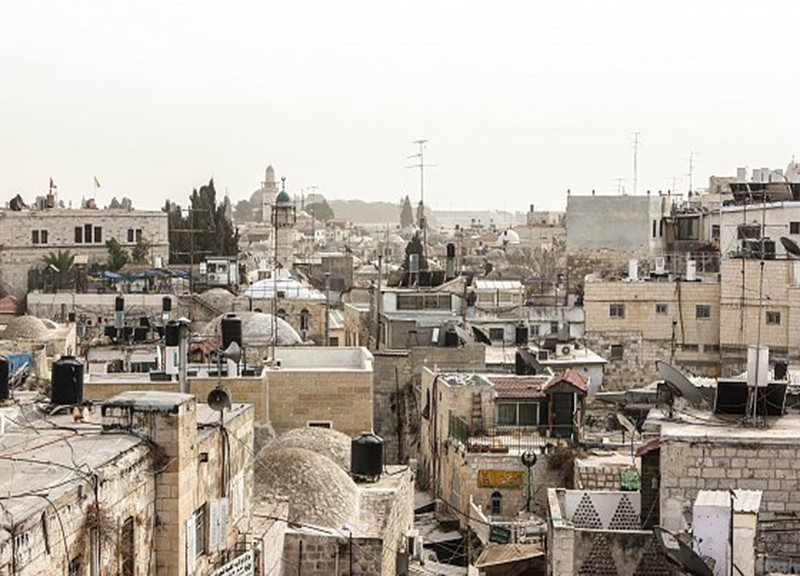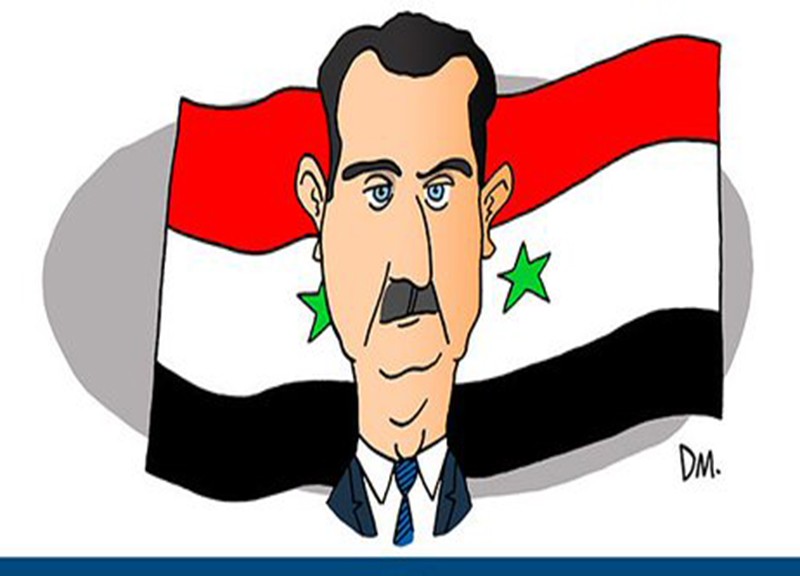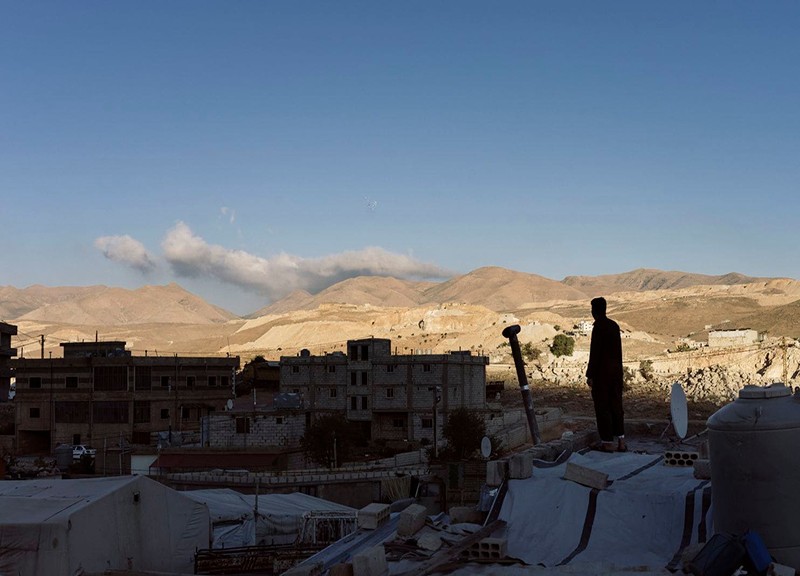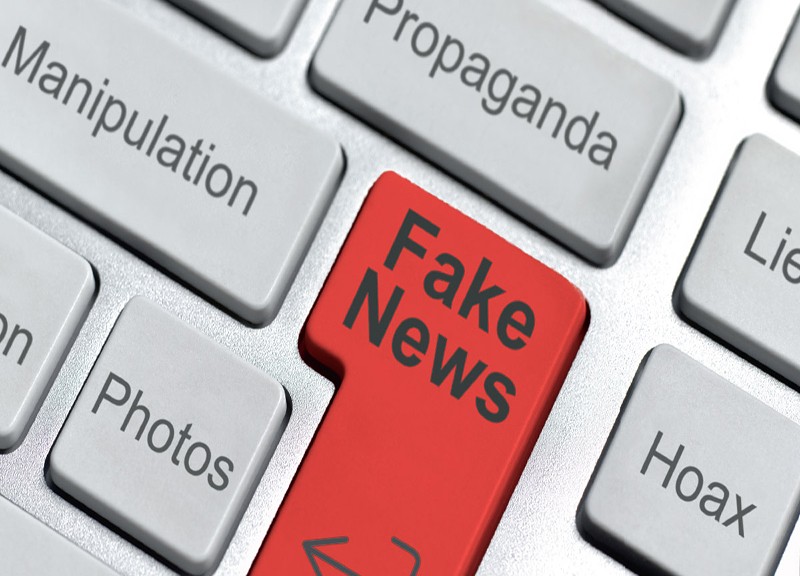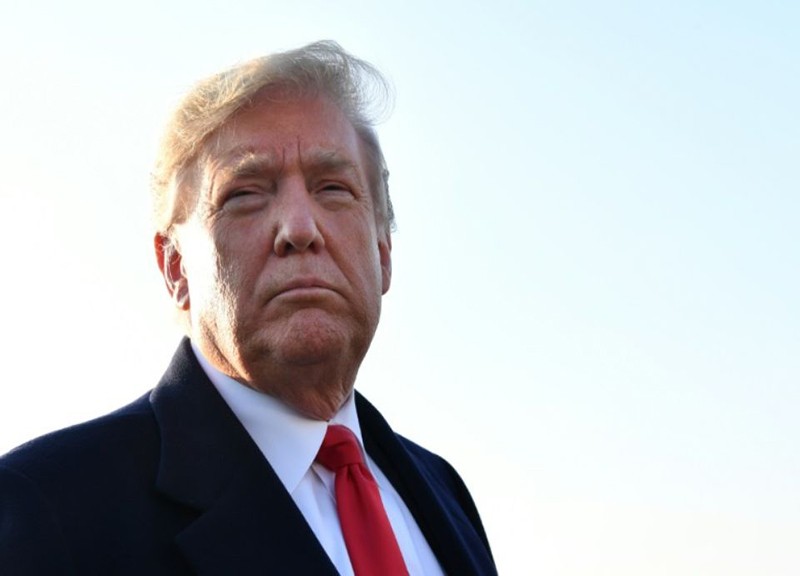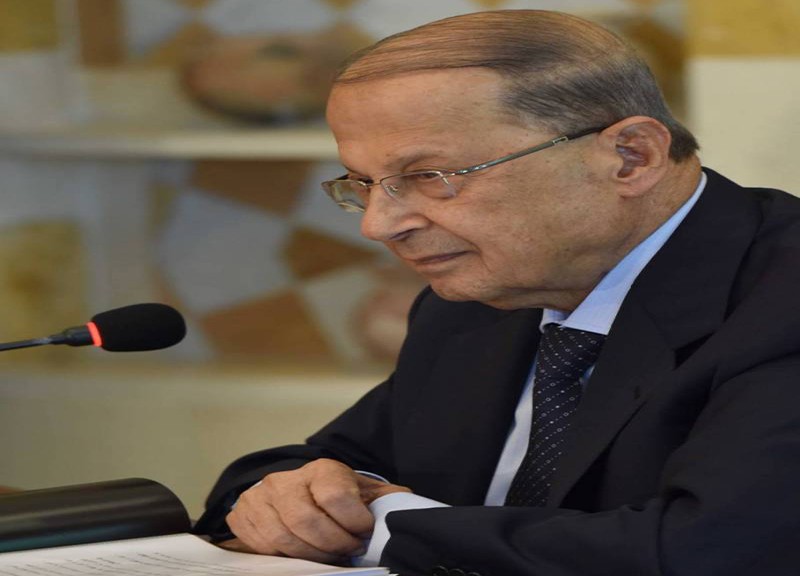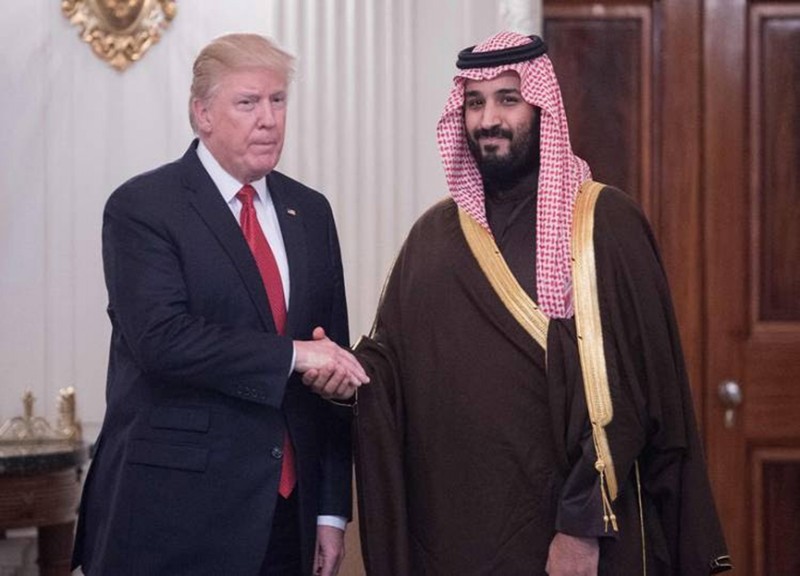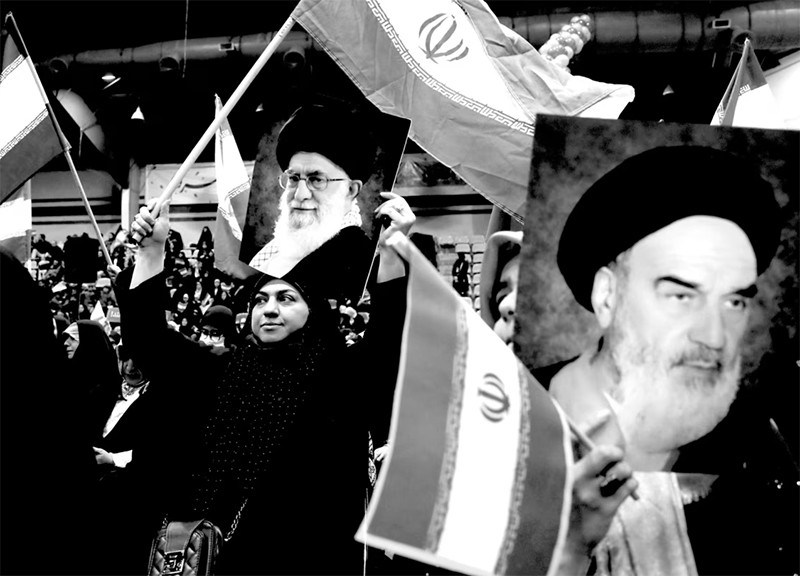
The regime’s power-brokers are quietly mapping out the post-Khamenei handover. But it will be a moment of existential risk
Najmeh Bozorgmehr, FT
It was 20 years ago that Ayatollah Ali Khamenei felt God speaking through him.
The experience took place during a cordial gathering between Iran’s supreme leader and approximately 20 commanders of the country’s Revolutionary Guards, Khamenei recalled earlier this year.
After leading a collective prayer Khamenei found himself engaged in “warm and captivating” conversation with the military brass, while casually seated on a staircase in a courtyard. It was then, he said, that “the Almighty God’s words flowed from my tongue”.
Even in as pious a country as Iran, this admission was unusual, quietly prompting speculation within political circles about whether he was genuinely claiming a connection with God. No one dared to openly challenge him on this assertion.
But the anecdote served to underscore Khamenei’s extraordinary religious authority, after more than three decades as the Islamic republic’s foremost spiritual and political leader.
“Ayatollah Khamenei holds the conviction that only through God’s blessings and [holy] unseen guidance has he successfully navigated numerous domestic and foreign threats throughout his leadership,” says a relative of the top leader. To his supporters, he is divinely ordained to govern, and it is his enduring connection with God that distinguishes him.
Yet Khamenei’s earthly journey, at the age of 85, is drawing towards an end and the question of who will succeed him is coming into sharper focus. In March, Iranians elected a new Assembly of Experts, a circle of approximately 90 senior clerics whose duties include appointing a new supreme leader. Many anticipate that this assembly could, during its eight-year term, be the one tasked with making this fateful decision.
Whoever succeeds Khamenei will become Iran’s highest arbiter on matters of domestic and foreign policy and defence, shaping not just the trajectory of its political Islam but also the regime’s future. The Israel-Hamas war and its regional repercussions have illustrated the supreme leader’s authority as the ultimate decision maker: his willingness to test the limits of what Israel and the US will tolerate was on display in Iran’s unprecedented direct strike on Israeli targets last month.
The pivotal decision on succession is not being left to chance. The regime’s power brokers ensured that the Assembly of Experts would be stacked with hardline clerics, rather than moderates or reformists — the latest move in a years-long project to engineer a stable transition that allows the regime to continue in the same vein.
Even so, there is no single figure yet lined up to fill Khamenei’s shoes, and openly discussing the matter is considered taboo. “There is no private political circle untouched by discussions on succession, yet no individual’s profile aligns with that position,” says a senior pro-reform politician.
When it comes, the succession will present a moment of existential risk to the regime, potentially exposing the true dynamics of power, with the Revolutionary Guards asserting dominance over state affairs and shrinking space for other influential political and religious groups that have been pillars of the republic since the 1979 Islamic revolution. The public opposition that shook the regime in 2022 may blossom once again.
The concept of having ultimate authority in the country was orchestrated by Ayatollah Ruhollah Khomeini, the architect of the 1979 Islamic revolution, which put an end to having kings in charge of the country after thousands of years.
After his death in 1989, the Assembly of Experts immediately conferred the mandate upon Khamenei, despite the ranking clergy not considering him senior enough for the position.
Operating under the strategic banner of “no war, no [direct] negotiations” with Washington, Khamenei has advocated for perpetual hostility with the US and Israel as the main thrust of his foreign policy and sought to enhance the country’s military influence in the Middle East through proxy forces.
It was the supreme leader who authorised Iran’s recent decision to launch hundreds of drones and missiles at Israel in retaliation for a suspected Israeli attack on its consulate in Syria — a move that analysts say has shown his willingness to take calculated risks in order to position himself as a leader willing to confront Israel and risk US intervention.
At the same time, his highest priority is ensuring the survival of the republic. Iran’s forces executed these actions with careful deliberation, minimising casualties to evade open warfare. Iran opted to overlook Israel’s suspected limited retaliatory strike.
On the domestic front, Khamenei perceives political forces as either aligned with or against the ideals of the 1979 revolution rather than calling them hardliners and reformists. Over the past two decades, he has quietly allowed conservatives to marginalise pro-reform forces, paving the way for hardliners to dominate all facets of the state.
Analysts say the space for individuals holding opinions diverging from those of the top leader and his entourage is limited. Political survival seems to be granted to those who unwaveringly adhere to the prescribed guidelines.
“The Islamic republic no longer tolerates influential individuals but favours those who are staunchly loyal to its ideology and chant hardline slogans, no matter how low is their political weight,” says a former reformist official. “The more radical the political climate, the more advantageous it becomes for those in power whose names people may not even know.”
This was apparent in the recent election of the Assembly of Experts, where Iranians voted on which senior clerics join the 88-seat body. Prominent senior pro-reform figures either refrained from participating, or faced prohibitions. The centrist former president Hassan Rouhani, for example, was prevented from running to retain the seat he had held since 1999 by the constitutional body that approves candidates and is accountable only to the supreme leader.
Instead, “super-revolutionaries” — hardliners advocating for more stringent restrictions domestically and a tougher stance towards the west — challenged the old-guard hardliners and secured significant seats in Tehran, affording them a platform to forge a new front.
Such shifts in influence have been part of a meticulous groundwork for the transition of power, analysts say, ensuring that the next leader adheres to the established path and upholds Khamenei’s sacred legacy.
A conservative analyst says: “In the truest sense of the word, Mr Khamenei is a devout mujahid [fighter]. He will stand against anyone who he believes is deviating or will deviate from the revolutionary path or might attempt reconciliation with the US.”
While the Assembly of Experts will remain the formal entity responsible for selecting the next leader, analysts doubt whether such a momentous decision will be left solely to a group of senior clerics, many of whom are in their eighties or even nineties.
Other institutions, including the government, judiciary and parliament, are anticipated to wield influence. But the Islamic Revolutionary Guard Corps, as the primary and most powerful institution, is expected to hold the highest level of sway in the process.
The influence of the elite force has grown over the past decade, with many viewing it not only as a praetorian guard for Khamenei but also the driving force behind the regime’s economic and military priorities.
The IRGC, comprising about 120,000 staff and supported by millions of people in voluntary forces in Iran, possesses an extensive network in the Middle East known as the “Axis of Resistance”. It has provided training and equipment to Lebanon’s Hizbollah, as well as Houthi militants in Yemen, Iraqi Shia fighters and Palestinian groups such as Hamas.
Even the assassination by the US of its top commander for overseas operations, Qassem Soleimani, in Iraq in 2020 did not lead to any strategic shift in the elite forces’ continuing march towards greater influence.
The guards’ dramatic expansion at home and abroad has led to western observers likening them to a “state within a state” — a centralisation of power that has come at the expense of traditional institutions such as the clergy.
Yet they are conscious that the clerical institution remains the primary source of religious legitimacy for the republic’s political system and its rulers, and analysts say any tensions are unlikely to break out into the open.
“The guards will not directly get involved in the succession process and we will not see the clergy and the guards standing against each other,” says an analyst. “But the guards will function as the main advisory arm of the assembly.”
At the same time there will hardly be any prominent figures in the next Assembly of Experts to challenge the guards’ influence. “The pre-eminent figure in the upcoming assembly is expected to be [President Ebrahim] Raisi and even he is not of much influence,” says the former official. “It is premature to determine whether the Revolutionary Guards will maintain the current trajectory or guide the country toward a significant shift.”
Within private circles, two names have long been mentioned as potential candidates to become the next supreme leader.
The first is Raisi, who has stood out among his predecessors for his unconditional loyalty to Khamenei. His government runs the republic’s daily affairs, but Raisi has also refrained from challenging the guards in their regional policies in particular during the latest Hamas-Israel war since October.
Whether this dynamic is viewed as a weakness or strength is a subject of discussion in Iran’s political circles. Many saw him as Khamenei’s chosen successor after he won the 2021 election, as other prominent conservatives and reformists were prevented from running.
But after Raisi’s nearly three years in office, the country has seen limited economic achievements, marked by inflation at more than 40 per cent, a weakening of the national currency and a failure to revive the nuclear deal with world powers despite business community pressure.
Some argue that the presidency was a trap set by rival hardliners, pushing Raisi into the role at a time when the country has been grappling with numerous challenges, potentially deterring his ascent to the leadership position.
The other name spoken about as a potential successor is Khamenei’s son Mojtaba.
The 54-year-old has little public profile but has been a target of protesters since unrest in 2009 following the re-election to president of the hardliner Mahmoud Ahmadi-Nejad. Demonstrators said the vote had been rigged against reformist candidate Mir-Hossein Moussavi to pave the way for Mojtaba to succeed his father.
Insiders within Khamenei’s circle, concerned about potential shifts in their interests, support Mojtaba, anticipating that his leadership would not bring about significant changes. His supporters point out that he is a senior-ranking cleric and more than qualified to be a candidate for the top role in his own right.
“There is a vast network of people spanning from businesses to politics and religious circles, all connected to the supreme leader’s office. What will be their future under a new leadership? This is a major concern for them,” says an Iranian journalist who closely monitors the regime’s corridors of power. “In their view, Mojtaba’s leadership represents the safest and best option. Someone like Raisi is feared to develop his own network, similar to what Khamenei did himself.”
Despite the senior leadership quietly planning for succession, numerous unknown elements — ranging from the strength of the economy to the wider stability of the Middle East — could alter these calculations. But increasing hostility within Iran towards the regime’s leaders is also a significant consideration.
Public unrest has flared up more frequently in recent years. In 2019, Iranians protested against rising petrol prices, resulting in more than 300 lives lost, as reported by Amnesty International. In the autumn of 2022, prolonged protests followed the death of 22-year-old Mahsa Amini in police custody for allegedly not observing the compulsory Islamic hijab. Amnesty documented over 300 deaths.
The killing on the streets of young men and women calling for a secular establishment has deeply scarred the nation, yet the system has shown little retreat, other than occasionally overlooking women without hijab in public.
How young Iranians will react to the new leader is fraught with uncertainty. They tend to be in favour of reform, and find the republic’s main institutions problematic and high levels of corruption unbearable. During the 2022 protests, they focused their aggression on Khamenei, the guards as well as the clergy, sometimes flipping off their turbans in the streets.
Meanwhile, some Iranians have been questioning the guards’ support for militias in the region at a time when the country is struggling with economic hardships and US sanctions that are a result of such policies.
Mostafa Mehraeen, a sociologist, expressed on state television that a significant portion of the Iranian nation aspired to have a normal life, detached from the regime’s ideology and intervention.
A fundamental “contradiction” existed in the constitution, he said, where the Islamic system perceived itself as “the representative of God on Earth” while simultaneously claiming to be a “democratic government” where people had the right to vote. “People express their desire for a good life and reject being sanctified victims of the system,” he added.
While the republic is estimated to have millions of supporters and those who have their interests in the status quo, for many educated young Iranians, the concept of a top leader to determine all aspects of their life is simply outdated unless that leader embarks on extensive reforms. That is unlikely under either of the two people in the frame.
“We still hope that Khamenei himself, as a learned figure who has read thousands of books, novels and poetry and knows history, will start reforms during his lifetime,” says the pro-reform politician. “The current path is certainly not sustainable and will be even more risky after his death.”
But a business consultant says there is no indication of altering the status quo so long as Khamenei is alive. “Any transformative shift, for better or worse, can be anticipated post his demise.”
For now, and in the absence of any viable alternative at home and abroad, the political system appears even more determined to assert its domestic authority with measures such as new laws mandating compulsory hijab for women and restricting internet access.
This includes the imprisonment of political and human rights activists and, in some instances, the execution of protesters who revolted against the political system in 2022 or earlier. These actions underscore the regime’s commitment to policies it deems essential, regardless of domestic and international costs.
Khamenei’s relative explains that in the Islamic republic’s ideology, there is a sense of responsibility to safeguard Islam until Mahdi, the 12th Imam of Shia Muslims who is in “Occultation” or hidden from view, reappears in an unknown future to bring justice to the world.
“When this is your belief, you genuinely believe no threat can displace you unless a domestic and foreign threat becomes very tangible, awakening everyone,” he says. “Until then, Mr Khamenei and his successor will feel secure in the embrace of sacred protection.”




